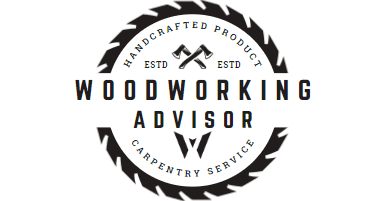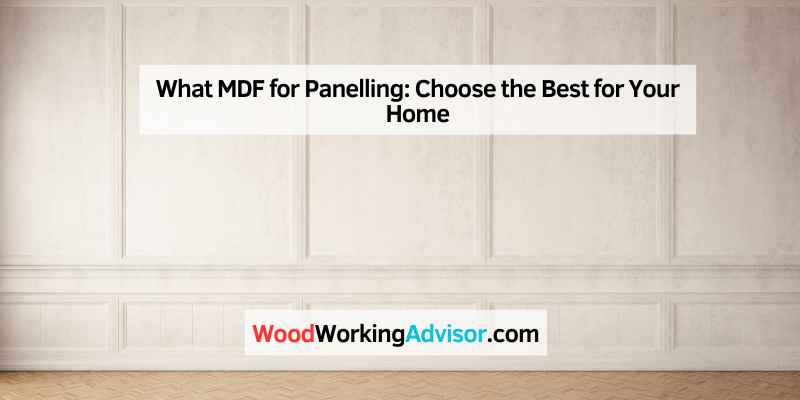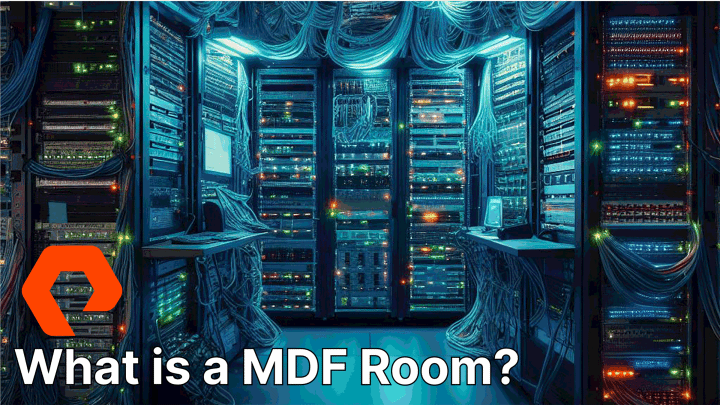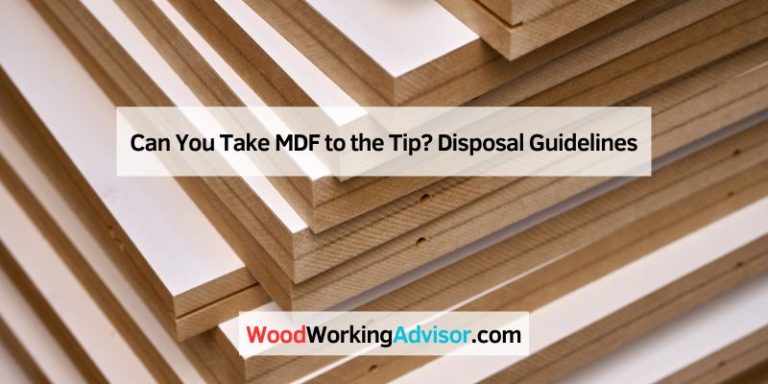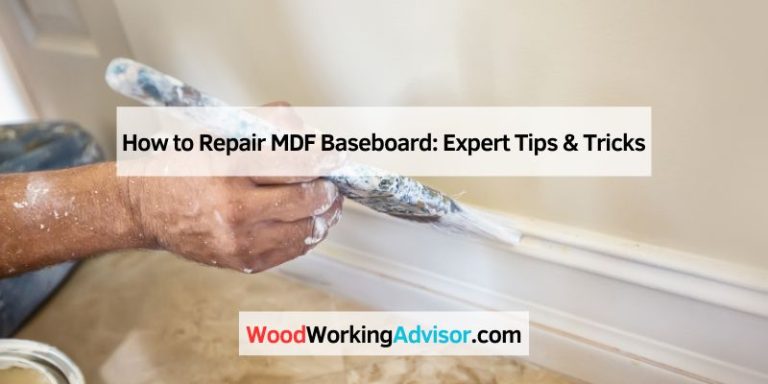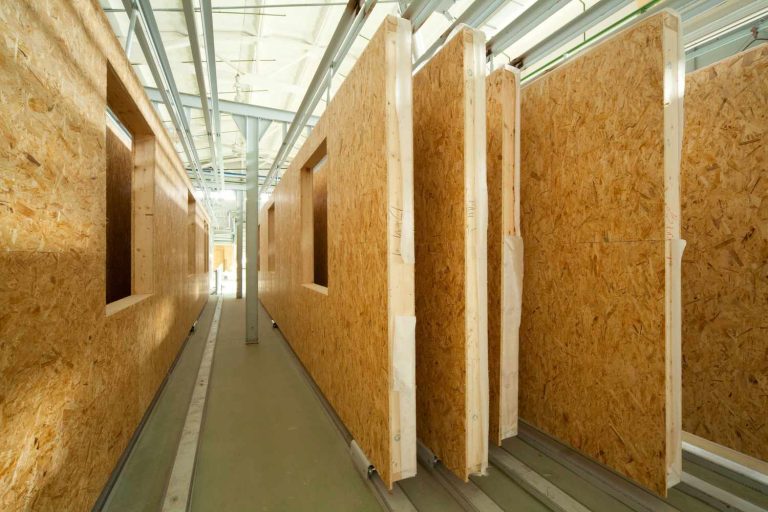What MDF for Panelling: Choose the Best for Your Home
MDF is commonly used for wall paneling due to its easy customization and carving capabilities. MDF panels are versatile for various decorating styles and projects.
They are easy to cut, carve, and process, making them suitable for a range of design needs. MDF, or medium density fiberboard, is a popular material for wall paneling due to its versatility and ease of customization. It can be easily cut, carved, and processed to fit different design styles and project requirements.
This makes MDF a practical choice for those looking to add a unique touch to their interior spaces through wall paneling.
Introduction To Mdf For Home Panelling
MDF, or medium-density fiberboard, is a versatile material for home paneling. It is easy to cut, carve, and customize into various shapes and designs, making it suitable for different decorating styles and projects. MDF wall panels are a popular choice for their adaptability and ease of processing.
MDF or Medium-Density Fibreboard is a popular choice for home panelling due to its versatility and affordability. MDF is made from wood fibres that are compressed and bonded together with resin, resulting in a smooth and uniform surface that is easy to paint and finish. In this section, we will explore the rise of MDF in home decor, as well as compare MDF with other panelling materials.
The Rise of MDF in Home Decor
MDF has become a popular choice for home decor due to its ability to mimic the look of more expensive materials such as solid wood or stone. MDF panels can be manufactured to resemble various textures and patterns, making them a versatile choice for any style of home. Additionally, MDF is a cost-effective option, making it accessible to homeowners on a budget.
Comparing MDF with Other Panelling Materials
When it comes to home panelling, there are several materials to consider, including solid wood, plywood, and PVC. Here, we will compare MDF with these other materials:
– Solid wood: While solid wood is a popular choice for its natural beauty and durability, it can be expensive and prone to warping and cracking. MDF, on the other hand, is more affordable and less likely to warp or crack over time.
– Plywood: Plywood is a strong and durable option, but it can be difficult to cut and shape. MDF, on the other hand, is easy to cut and shape, making it a more versatile option.
– PVC: PVC panels are lightweight and easy to install, but they can be less durable than MDF. MDF is a more durable and long-lasting option that can withstand wear and tear over time.
Conclusion:
MDF is a versatile and affordable option for home panelling, with the ability to mimic the look of more expensive materials. When compared to other panelling materials such as solid wood, plywood, and PVC, MDF offers a cost-effective and durable solution for homeowners looking to upgrade their home decor.
Why Choose Mdf For Wall Panelling
Discover the versatility of MDF for wall paneling. MDF panels are easily customizable, making them ideal for various design styles and projects. With MDF’s ease of cutting and shaping, it’s a top choice for creating unique and stylish wall paneling solutions.
MDF, or medium-density fiberboard, is a popular choice for wall panelling due to its versatility and affordability. Here are some reasons why MDF is a great option for your wall panelling needs:
Ease Of Customization
MDF wall panels are easy to cut, carve, and process, making them highly customizable. They can be easily transformed into a variety of shapes and designs according to your needs, making them suitable for a range of decorating styles and projects. Whether you want a classic or modern look, MDF can be tailored to suit your preferences.
Suitability For Various Styles
MDF wall panels are available in a range of finishes, including wood grain and plain finishes, which makes them highly versatile. They are suitable for a variety of decorating styles, from modern to traditional, and can be painted to match your decor. MDF wall panels are also an excellent choice for those who want to add a touch of elegance to their home without breaking the bank.
Thickness For Panelling
When it comes to choosing the right thickness of MDF for panelling, it is essential to consider the height of the panels and the width of the room. A general rule of thumb is to divide the width of the room by the height of the panels to determine the total number of panels needed horizontally. This will help you determine the right thickness of MDF needed for your panelling project.
In conclusion, MDF wall panelling is an excellent choice for those who want to add a touch of elegance to their home without breaking the bank. Its ease of customization, suitability for various styles, and affordability make it a popular choice among homeowners. If you’re looking for a cost-effective way to update your home’s interior, MDF wall panelling is definitely worth considering.

Selecting The Right Mdf Thickness
When it comes to wall paneling, MDF (Medium Density Fiberboard) is a popular choice due to its affordability, durability, and versatility. However, selecting the right MDF thickness is crucial to ensure the desired aesthetic and functionality of your paneling project. Factors to consider when choosing the appropriate thickness include the application, structural requirements, and personal preferences.
Factors To Consider
Before diving into the recommended thickness for different applications, it’s important to consider a few factors:
- Wall condition: Assess the condition of the wall where the MDF paneling will be installed. If the wall has imperfections or irregularities, thicker MDF panels may help to conceal them.
- Structural requirements: Evaluate whether the MDF paneling will serve a structural purpose, such as providing support or acting as a load-bearing element. In such cases, thicker MDF panels are usually recommended for added strength and stability.
- Design preferences: Consider the desired look and feel of the paneling. Thicker MDF panels can create a more substantial and solid appearance, while thinner panels may give a sleeker and more streamlined effect.
Recommended Thickness For Different Applications
The appropriate MDF thickness for your paneling project depends on its specific application. Here are some general recommendations:
| Application | Recommended MDF Thickness |
|---|---|
| Wainscoting or decorative wall paneling | 6mm – 9mm |
| Full wall coverage | 12mm – 18mm |
| Load-bearing or structural paneling | 18mm – 25mm |
Keep in mind that these recommendations are general guidelines and may vary depending on specific project requirements. It’s always a good idea to consult with a professional or supplier to determine the most suitable thickness for your particular needs.
By considering the factors mentioned above and selecting the appropriate MDF thickness, you can ensure a successful and visually appealing wall paneling project. Remember to prioritize both structural integrity and design preferences to achieve the desired results.
Installation Tips For Mdf Wall Panelling
When installing MDF wall panelling, it’s essential to follow proper techniques for a successful outcome. Below are some crucial tips to guide you through the process:
Preparing Your Walls
- Ensure the walls are clean and free of any debris or dust.
- Fill any cracks or holes with spackling compound and sand them smooth.
- Prime the walls to create a smooth surface for the MDF panels to adhere to.
Step-by-step Installation Process
- Measure and cut the MDF panels to fit the dimensions of your wall.
- Apply a construction adhesive to the back of the panels for secure attachment.
- Place the panels on the wall, ensuring they are level and properly aligned.
- Secure the panels in place using a nail gun or screws for added stability.
- Fill any gaps between panels with caulk for a seamless finish.
- Sand the panels to smooth out any rough edges or imperfections.
- Paint or finish the panels according to your desired color scheme.
By following these installation tips, you can achieve a professional-looking MDF wall panelling in your home.
Calculating Mdf Requirements
Before embarking on a project involving MDF for paneling, it’s crucial to accurately calculate the amount of MDF required. This ensures that you purchase the right quantity and minimize wastage. Let’s delve into the process of calculating MDF requirements to streamline your paneling project.
Measuring Your Space
Start by measuring the dimensions of the space where you intend to install the MDF panels. Record the height and width of the walls to be paneled, as well as the total perimeter of the room. Ensure to measure each wall individually for accuracy.
Estimating Panel Numbers
Once you have the measurements, you can calculate the number of MDF panels needed for the project. The formula is straightforward: divide the total area to be covered by the area of each MDF panel. This will give you the approximate number of panels required.
For example, if the total area to be covered is 150 square feet and each MDF panel covers 10 square feet, you would need approximately 15 panels. It’s advisable to purchase a few extra panels to account for any errors or irregularities in the walls.
Advantages And Disadvantages Of Mdf Panelling
MDF, or Medium Density Fiberboard, is a popular choice for wall panelling due to its versatility and cost-effectiveness. However, like any material, it comes with its own set of advantages and disadvantages. Understanding these can help you make an informed decision when considering MDF for your panelling needs.
Pros Of Using Mdf
- Versatility: MDF panels can be easily customized into various shapes and designs, making them suitable for different decorating styles and projects.
- Cost-Effective: MDF is generally more affordable than solid wood, providing a budget-friendly option for wall panelling.
- Smooth Surface: MDF offers a smooth, uniform surface that is ideal for painting, giving you the flexibility to achieve the desired finish.
- Ease of Cutting: MDF is easy to cut and carve, allowing for precise customization and installation.
- Moisture Resistance: Opting for moisture-resistant MDF can make it suitable for humid environments such as bathrooms.
Cons To Consider
- Not as Durable: While MDF is a cost-effective option, it may not be as durable as solid wood and can be prone to damage from moisture and impact.
- Chemical Emissions: Some MDF products may emit formaldehyde, a potential indoor air quality concern, so it’s important to choose low-emission options.
- Weight: MDF tends to be heavier than other materials, which can impact handling and installation.
- Not Suitable for Heavy Loads: Due to its composition, MDF may not be the best choice for applications requiring heavy weight-bearing capabilities.
Moisture Resistant Mdf For Damp Environments
When it comes to panelling for damp environments such as bathrooms and kitchens, using moisture-resistant MDF is crucial. It offers the perfect balance of durability and water resistance, making it an ideal choice for areas prone to moisture and humidity.
Features Of Moisture-resistant Mdf
- Water-Resistant: Moisture-resistant MDF is specially engineered to withstand exposure to high levels of moisture without warping or deteriorating.
- Durable: It is highly durable, ensuring long-term stability and performance in damp environments.
- Easy to Work With: Despite its water-resistant properties, moisture-resistant MDF remains easy to cut, shape, and install, allowing for seamless paneling applications.
- Smooth Surface: It provides a smooth and uniform surface, perfect for painting or finishing to complement the overall decor.
Best Practices For Bathroom And Kitchen Panelling
- Proper Sealing: Ensure all edges and cutouts are properly sealed to prevent moisture infiltration, prolonging the lifespan of the MDF panels.
- Ventilation: Adequate ventilation is crucial to minimize moisture buildup, protecting the MDF panels from excessive exposure to dampness.
- Regular Maintenance: Periodic inspection and maintenance can help detect and address any signs of moisture damage, preserving the integrity of the panelling.
- Professional Installation: Seek professional installation to guarantee precise fitting and secure attachment of the moisture-resistant MDF panels.
Finishing And Maintenance Of Mdf Panels
MDF panels are a popular choice for wall paneling due to their versatility and affordability. Once the panels are installed, it’s essential to ensure proper finishing and ongoing maintenance to preserve their appearance and structural integrity.
Painting Your Mdf Panels
When painting MDF panels, it’s crucial to prepare the surface properly to achieve a smooth and durable finish. Begin by applying a coat of primer specifically designed for MDF to seal the surface and prevent the material from absorbing too much paint.
Next, sand the primed surface lightly with fine-grit sandpaper to create a smooth base for the paint. Apply acrylic latex paint using a high-quality brush or roller, allowing each coat to dry completely before adding the next layer. Consider using a spray gun for an even and professional-looking finish.
Long-term Care And Maintenance
Proper care and maintenance are essential for preserving the appearance and structural integrity of MDF panels over time. Here are some tips to ensure the long-term durability of your MDF wall panels:
- Regular cleaning: Wipe the panels with a damp cloth to remove dust and dirt. Avoid using abrasive cleaners or excessive water, as these can damage the surface.
- Preventing moisture exposure: MDF is prone to swelling and warping when exposed to moisture, so it’s important to keep the panels away from areas with high humidity or direct water contact.
- Protecting from impacts: Avoid hitting or placing heavy objects against the panels to prevent dents and damage. Consider adding a protective layer, such as chair rail molding, in high-traffic areas.
Innovative Mdf Panelling Ideas For Your Home
When it comes to MDF panelling, the possibilities are endless. Let’s explore some innovative ideas for incorporating MDF panelling in various rooms of your home:
- Bathroom: Create a stylish and moisture-resistant feature wall using MDF panelling to add texture and visual interest to the space.
- Living Room: Install MDF panelling to create a sophisticated accent wall, bringing warmth and elegance to the room.
- Bedroom: Transform the headboard wall with MDF panelling to achieve a chic and modern focal point in the room.
- Dining Area: Enhance the ambiance of your dining area by incorporating MDF panelling to create a unique and inviting space for entertaining.
Get inspired by these real-life examples of MDF panelling projects that have transformed homes with creativity and style:
- Modern Geometric Designs: Explore the use of MDF panelling to create eye-catching geometric patterns on walls, adding a contemporary touch to the interior.
- Customized Built-in Shelving: Utilize MDF panelling to craft customized built-in shelves and storage solutions, maximizing both functionality and aesthetics.
- Rustic Wainscoting: Embrace the charm of rustic wainscoting with MDF panelling, bringing a timeless appeal to traditional and farmhouse-style interiors.
- Artistic Feature Walls: Unleash your creativity by using MDF panelling as a canvas for artistic expressions, from mural installations to abstract designs.
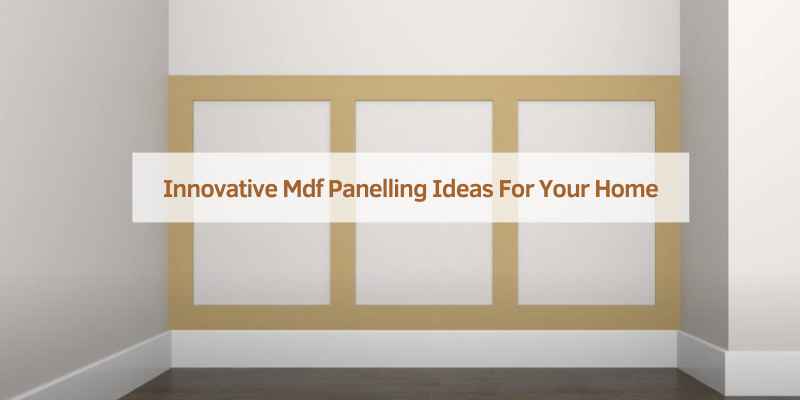
Frequently Asked Questions
What Thickness Mdf Should I Use For Panelling?
For paneling, the recommended thickness of MDF (medium density fiberboard) is typically 1/4 inch to 1/2 inch. This thickness provides stability and durability while still being easy to work with and customize.
Is 6mm Or 9mm Mdf Better For Paneling?
For paneling, both 6mm and 9mm MDF can work well. However, 9mm MDF is sturdier and more durable, making it a better choice for areas that may experience wear and tear. Ultimately, the choice between the two will depend on your specific needs and preferences.
Is Mdf Good For Wall Paneling?
Yes, MDF is a good option for wall paneling. MDF wall panels are easy to customize and come in a variety of designs suitable for different decorating styles. They are also easy to cut and process. However, it is important to use moisture-resistant MDF for areas with high moisture content such as bathrooms.
The thickness of the MDF should be determined based on the height and width of the room and the desired panel size.
How Do I Work Out How Much Mdf I Need For Panelling?
To work out how much MDF you need for panelling, divide the width of the room by the height of the panels. This will give you the total number of panels needed horizontally. MDF wall panels are a versatile option for customization and can be used in various decorating styles and projects.
Conclusion
MDF is a versatile choice for wall paneling due to its easy customization options. Whether you need MDF strips or full panels, it offers flexibility for various decorating styles. Consider MDF for your next project for a durable and stylish wall finish.
